Noiser
The Knights Templar: Guardians of the Holy Land
Play Short History Of... The Knights Templar
For almost two hundred years, the Knights Templar was one of the most formidable fighting forces in the world. Today, seven hundred years after the order was formally disbanded, the Templars have become legendary figures. This is their story.
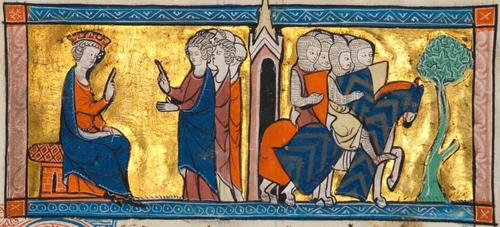
Humble Beginnings
The origins of the Knights Templar can be traced to the First Crusade (1096-1099), a conflict in which Christian soldiers invaded the Holy Land to seize it from Muslim control. When the Christian forces eventually captured Jerusalem in 1099 pilgrims began heading there in droves.
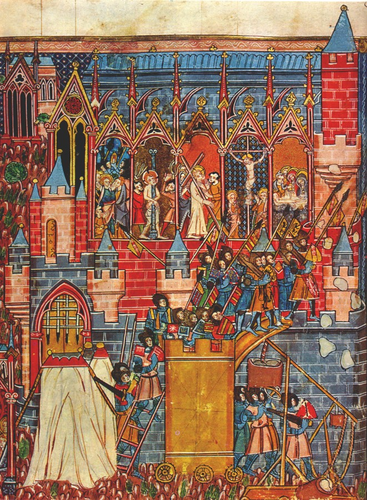
But the route to the Holy Land was dangerous, and many pilgrims were robbed or murdered when travelling through Muslim-controlled areas. A small group of knights who didn't want to return to their homeland in France decided to protect the roads leading to Jerusalem. They called themselves The Poor Fellow-Soldiers of Christ and the Temple of Solomon. Or the Knights Templar for short.
In 1119, the leader of this group, Hugh de Payens, approached King Baldwin II of Jerusalem with eight of his fellow knights. Seeking to formalise their mission, de Payens requested the king's permission to establish an official religious-military organisation. Baldwin II agreed, providing them accommodation in the royal palace on the Temple Mount. With this royal sanction, the Knights Templar evolved from a ragtag group of vigilantes to an official monastic order, with Hugh de Payens serving as their first Grand Master.
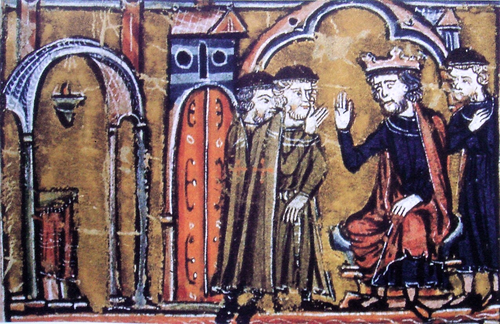
The Rise of the Templars
Over the following decade, Hugh de Paeyens travelled widely to draw recruits to the order. In 1128, he visited England and Scotland, where he established Templar outposts in London and near Edinburgh. From there, the power of the Templars grew exponentially.
In January 1129, the order received the Pope’s blessing at the Council of Troyes. With the formal endorsement of the Catholic Church, de Paeyens began to grow the Templars into a major international organisation. His recruitment drive saw the Templar ranks swell from less than a dozen to a fighting force of thousands.
Then, in 1139, Pope Innocent II issued a papal decree granting the Knights Templar extraordinary privileges, including tax and tithe exemptions and the right to keep all spoils from their conquests against Muslims.
This unprecedented proclamation allowed the Templars to build a prosperous network of banks. Inspired by Venetian merchants, their banking system allowed religious pilgrims to deposit assets in their home countries and withdraw funds upon arriving in the Holy Land to avoid theft along the way. The Knights Templar quickly gained enormous financial influence, establishing chapters throughout Western Europe and serving as the primary bank and lending institution to monarchs and nobles. The order became not just a formidable army but an extraordinarily powerful political and economic force.

The Templars in Crisis
In October of 1187, Jerusalem was recaptured by Muslim forces, and the Knights Templar were forced to abandon their headquarters in the Temple of Jerusalem. They relocated to Acre in Israel and remained there for the next 100 years. Then, in 1291, they suffered a humiliating defeat when Acre fell to the Mamluk Sultanate, marking the end of the Crusader presence in the Holy Land.
This caused a crisis of identity for the Templars. Their purpose, from the beginning, was to protect the Holy Land, and now that the entire region was under Muslim control, they could no longer fulfil their duties.
Now operating mainly out of their headquarters in Paris, they focused on their financial activities, managing vast estates and engaging in international banking. Due to the papal decree, they were essentially a “state-within-a-state” entirely independent of the Kings of France. This, unsurprisingly, did not sit well with King Philip IV, who saw the Templars' growing power as a threat to his rule. So, in 1307, he decided to take action.
A Violent End
As dawn broke on Friday, October 13, 1307, King Philip made his move against the order. In a coordinated police operation that had been in the works for over a year, more than 600 Templars living in commanderies all over France were simultaneously placed under arrest.
One of Philip's chief ministers had been quietly assembling a dossier of allegations against the order. Most of the claims were as improbable as they were inflammatory. Brothers were accused of engaging in group sex, worshipping pagan idols, and forcing new recruits to spit on representations of Christ.
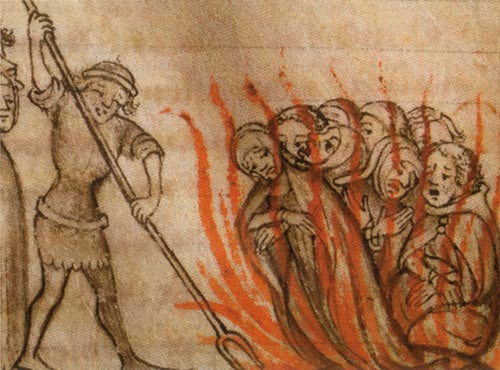
After being subjected to torture, sometimes for years on end, many Templars ended up confessing to these ludicrous accusations. However, dozens later retracted their statements, choosing martyrdom over living with falsely admitted guilt. As a result, they were publicly burned at the stake.
One of these men was the seventy-year-old Grand Master of the Knights Templar, Jacques de Molay. On March 18th, 1314, he was brought to a small island in the Seine where a pyre had been prepared for his execution.
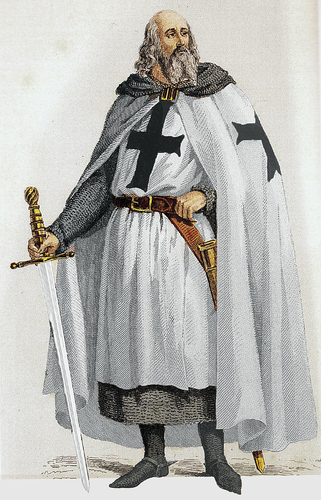 In the years following Jacques de Molay’s death, the Knights Templar receded from living memory and gradually became the stuff of legend. Today, they continue to loom large in the modern imagination thanks to films like Indiana Jones and The Da Vinci Code. While they may not have discovered the Holy Grail or the secret to eternal life, as some conspiracy theories claim, their real legacy is no less fascinating.
In the years following Jacques de Molay’s death, the Knights Templar receded from living memory and gradually became the stuff of legend. Today, they continue to loom large in the modern imagination thanks to films like Indiana Jones and The Da Vinci Code. While they may not have discovered the Holy Grail or the secret to eternal life, as some conspiracy theories claim, their real legacy is no less fascinating.